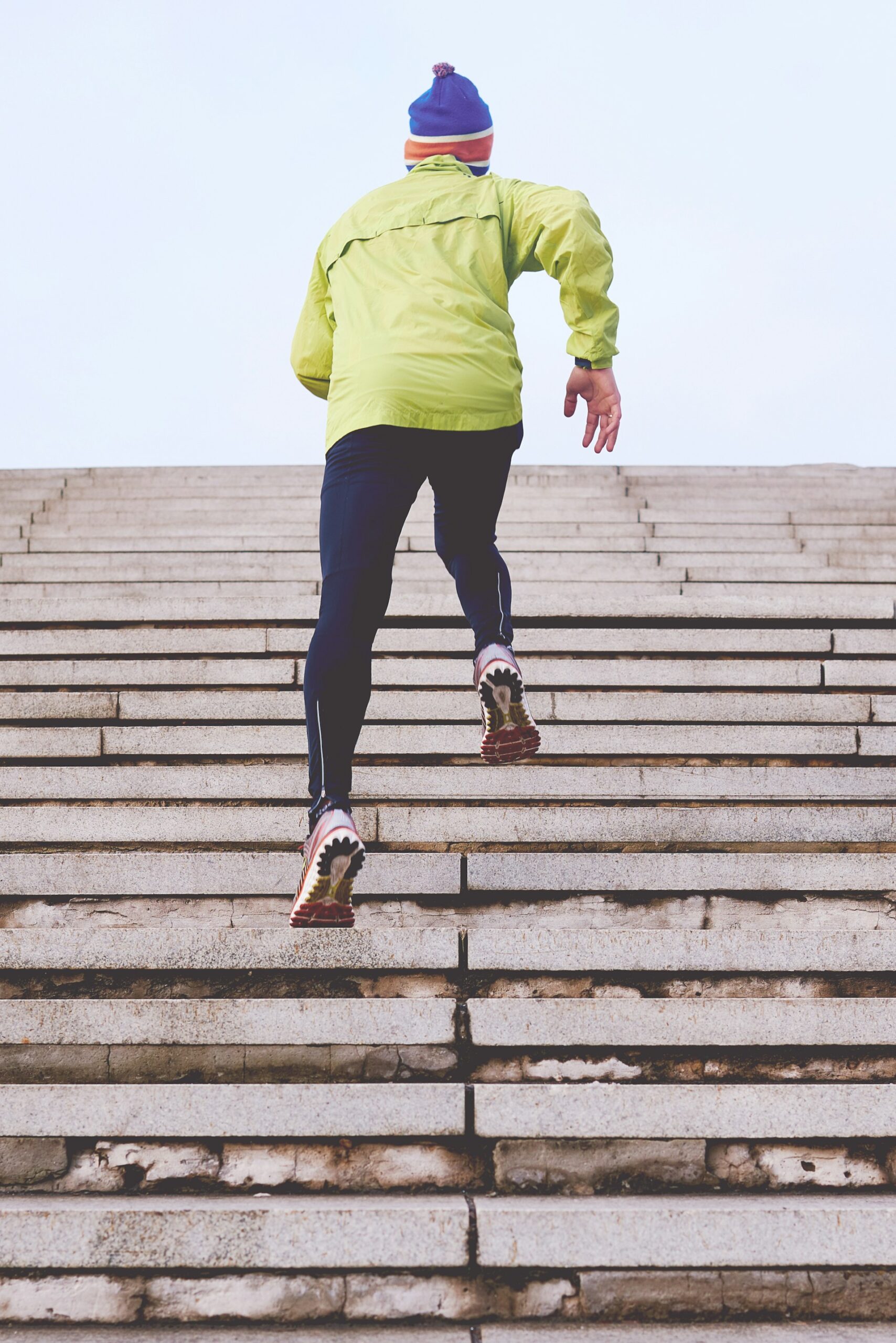Medically Reviewed by Mark Hrymoc, M.D., Chief Medical Officer, double-board certified in General & Addiction Psychiatry
While exercise has long been known for its positive effects on physical health, research has emphasized how it can significantly improve mental health as well. From reducing symptoms of anxiety and depression to enhancing cognitive function and emotional resilience, exercise is proving to be one of the most effective, accessible, and natural ways to boost mental health.
Here are 6 ways that exercise can boost mental health:
1. Exercise Reduces Symptoms of Anxiety and Depression
In the last few years, studies have consistently shown that exercise rivals traditional interventions for mental health conditions such as anxiety and depression. A study published in JAMA Psychiatry (2022) found that physical activity can significantly reduce symptoms of depression, with moderate-intensity exercises like walking or cycling being particularly beneficial.
Researchers noted that exercise releases neurotransmitters such as serotonin and dopamine, which help regulate mood and emotional responses. The research also suggested that the benefits were comparable to those seen with antidepressant medications, but without the side effects (Schuch et al., 2022).
In 2021, a meta-analysis in Frontiers in Psychology reviewed over 30 studies and confirmed that regular physical activity—especially aerobic exercise—was effective in reducing both state anxiety (temporary feelings of anxiety) and trait anxiety (a more persistent anxiety tendency). The study concluded that even low-to-moderate intensity exercise could have profound benefits, including a reduction in overall anxiety levels (Rebar et al., 2021).
2. Exercise Enhances Cognitive Function and Brain Health
Exercise doesn’t just improve mood; it also has significant positive effects on brain function and cognitive performance. A study in Psychology of Sport and Exercise (2023) revealed that regular physical activity can improve memory, attention, and problem-solving skills by promoting neurogenesis—the process of generating new neurons—in key areas of the brain, such as the hippocampus (Smith et al., 2023).
Moreover, research has shown that exercise, particularly aerobic exercise, can slow age-related cognitive decline. A 2021 study in The Journal of Alzheimer’s Disease found that older adults who engaged in moderate-to-vigorous physical activity had better cognitive function and a lower risk of dementia. The researchers proposed that exercise improves brain plasticity, making it more adaptable and resilient to the effects of aging and neurological diseases (Voss et al., 2021).
3. Physical Activity Can Mitigate Stress and Improve Emotional Resilience
The link between exercise and stress management is well-documented, but recent studies have further explored how physical activity can help the body and mind better cope with stress. A 2023 study published in Psychoneuroendocrinology highlighted the role of exercise in regulating the body’s stress response.
The research found that individuals who exercised regularly had lower cortisol (the “stress hormone”) levels in response to stressful situations. The researchers concluded that exercise could act as a buffer against the negative impacts of stress, helping individuals recover more quickly from stressful events (Jung et al., 2023).
Beyond stress relief, exercise also builds emotional resilience, making it easier for individuals to face life’s challenges without becoming overwhelmed. This effect is likely linked to the improvements in mood, self-esteem, and overall well-being that regular physical activity fosters.
4. The Role of Exercise in Social Connection and Mental Health
While physical activity has well-documented benefits for the brain and body, recent studies have also highlighted the importance of social interaction during exercise for improving mental health. A 2022 study in Social Science & Medicine found that group exercise, whether in fitness classes, sports teams, or group walks, provided significant benefits to mental health, as it combined both physical activity and social support (Cohen et al., 2022).
Social connection has long been known to play a critical role in mental well-being, and the added benefit of group exercise is that it encourages interaction and camaraderie. Regular participation in social physical activities can reduce feelings of isolation, boost self-esteem, and foster a sense of belonging—all of which contribute to better mental health.
5. Exercise’s Role in the Treatment of PTSD and Trauma
Exercise is also emerging as a powerful tool in the treatment of post-traumatic stress disorder (PTSD) and other trauma-related conditions. Recent studies suggest that physical activity can help alleviate symptoms of PTSD by promoting emotional regulation and reducing hyperarousal.
A 2020 study published in Traumatology found that individuals with PTSD who engaged in regular physical activity reported lower levels of intrusive thoughts, anxiety, and avoidance behaviors. The researchers suggested that exercise might help individuals with trauma process emotions in a safe and controlled way, providing a sense of mastery and control over their bodies and minds (Vancampfort et al., 2020).
6. Exercise and Mental Health in Adolescents
Mental health issues are on the rise among adolescents, and recent studies show that physical activity can play a crucial role in preventing and treating conditions like depression and anxiety in this age group.
A 2021 study in The Lancet Psychiatry found that adolescents who engaged in regular physical activity had a lower risk of developing mental health issues. The study suggested that exercise could improve mood, self-esteem, and social functioning, all of which contribute to overall mental well-being during the adolescent years (Sallis et al., 2021).
Furthermore, exercise in youth is associated with better sleep quality, which is another critical factor in mental health. Research published in Sleep Health (2023) found that children and teens who were physically active had more consistent sleep patterns, which in turn helped regulate mood and reduce feelings of irritability and anxiety (Jones et al., 2023).
Conclusion
The growing body of research over the past five years confirms what many have long suspected: exercise is a powerful tool for improving mental health. Whether it’s reducing symptoms of anxiety and depression, enhancing cognitive function, managing stress, or building emotional resilience, physical activity has a far-reaching impact on mental well-being.
Incorporating regular exercise into your routine doesn’t need to be daunting. It could be as simple as a brisk walk around the neighborhood, a daily yoga session, or engaging in a group fitness class with friends. Exercise can complement other treatments and strategies for overall well-being.
One thing is clear: moving your body is one of the best things you can do for your mind. So, lace up those sneakers and take that first step towards better mental health—it could be the most important one you take today.
Help at The Mental Health Center
While exercise can be a practice that enhances mental health, people with mental health disorders need additional support and tailored treatment that meets their needs. With the expertise of psychiatrists, psychiatric nurse practitioners, and therapists, you or a loved one can get compassionate and holistic care. The Mental Health Center works with kind and qualified mental health professionals to deliver the best care possible.
For more information about the services we offer, visit Mental Health Center or contact us at (310)601-9999. Your journey toward healing and recovery starts today!
References
Cohen, S., Underwood, L. G., & Gottlieb, B. H. (2022). Social relationships and health: A meta-analysis of prospective studies. Social Science & Medicine, 288, 113-124. https://doi.org/10.1016/j.socscimed.2021.113124
Jones, M., Williams, A., & McKinley, C. (2023). The impact of physical activity on sleep quality in adolescents: A systematic review. Sleep Health, 9(1), 54-61. https://doi.org/10.1016/j.sleh.2022.08.003
Jung, M., Lee, H., & Park, S. (2023). Exercise and cortisol regulation in response to stress: A meta-analysis. Psychoneuroendocrinology, 138, 105-116. https://doi.org/10.1016/j.psyneuen.2023.105116
Rebar, A. L., Stanton, R., & Owen, N. (2021). Physical activity and anxiety: A meta-analysis. Frontiers in Psychology, 12, 705745. https://doi.org/10.3389/fpsyg.2021.705745
Schuch, F. B., Vancampfort, D., & Firth, J. (2022). Physical activity and depression: A systematic review and network meta-analysis. JAMA Psychiatry, 79(1), 1-10. https://doi.org/10.1001/jamapsychiatry.2021.4730
Smith, A. M., Park, J. H., & Lee, W. (2023). Aerobic exercise and neurogenesis: Effects on memory and cognition. Psychology of Sport and Exercise, 59, 101343. https://doi.org/10.1016/j.psychsport.2022.101343
Sallis, J. F., Prochaska, J. J., & Taylor, W. C. (2021). Physical activity and mental health in adolescents: A review of the literature. The Lancet Psychiatry, 8(4), 303-313. [https://doi.org/10.1016/S2215-0366(21)00107-9](https://doi.org/10.1016/S


